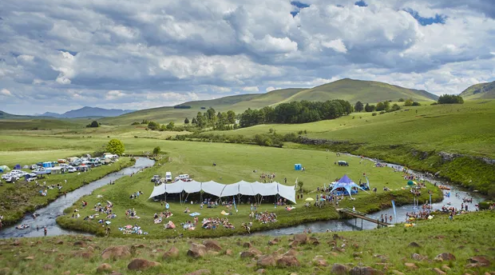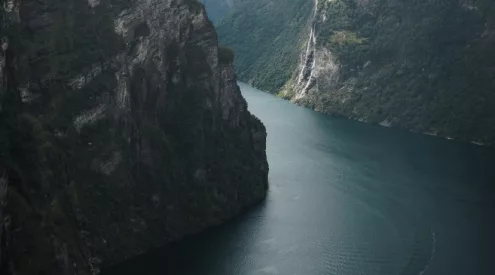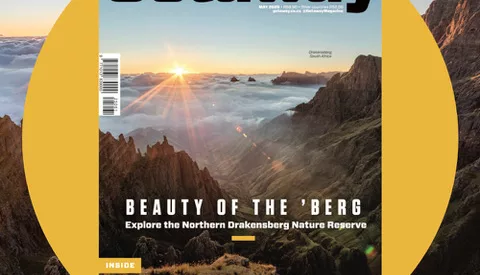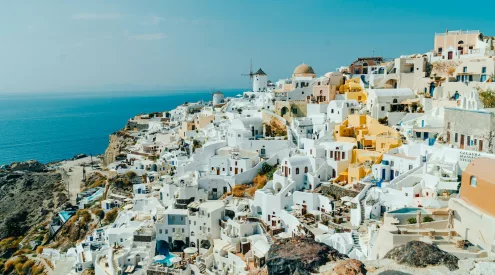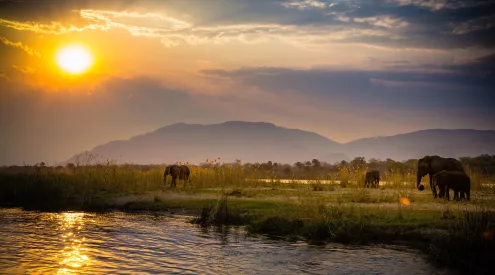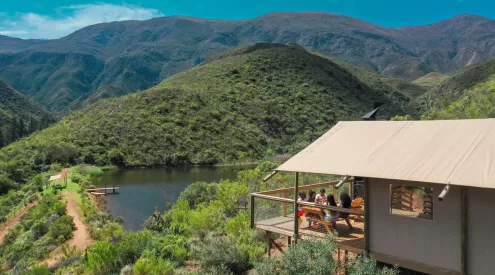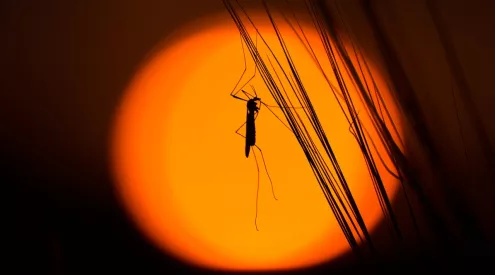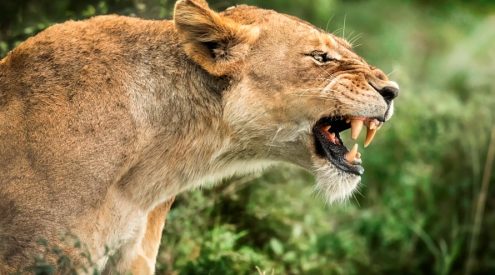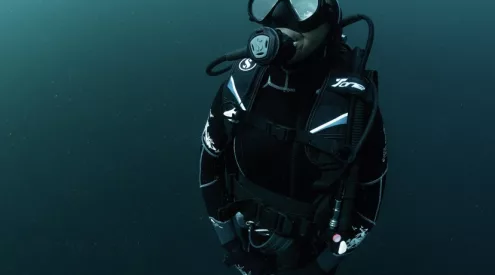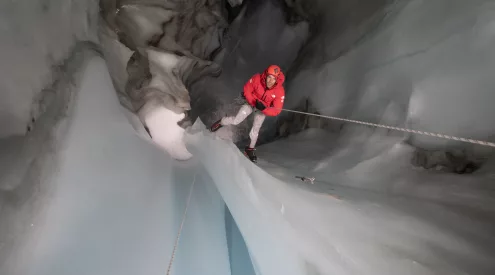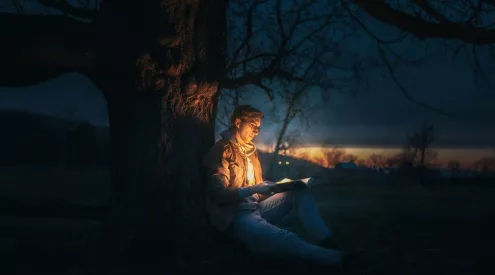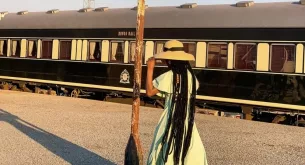Madagascar (the oldest island on earth) is fast becoming the generic and more adventurous version of Mauritius or Mozambique. Cut off from mainland Africa and India zillions of years ago Madagascar has told the story of evolution in her own unique way.
The island continent took with it the same basic life forms that existed in Africa at the time; yet created creatures and plants so different from ours that it is hard to believe their distant relationship with Africa or India.
There are still areas in Madagascar that are exceptionally difficult, if not impossible, to reach and I have heard that there is a new species of plant discovered every day. I have also heard that there is a village in the east where the people are invisible – but hey, this is Madagascar!
This is the story of my first visit to this remarkable island – there followed 18 more over a period of three years. During this time I have set up a travel operation specialising in sending people to share in the magic and mystery and only send them to places I have personally visited. I hope, over the next few months, to entertain you with stories of my experiences and encounters that make up, what has become my life’s passion: Madagascar.
The whole thing started around the braai with friends and a Getaway Magazine. We were looking for a place to go for about ten days and Getaway was advertising a Dhow Safari around islands with entrancing names. It involved travelling with a group of others on a traditional dhow from Nosy Be. Accommodation would be camping on beaches or in rustic bungalows. I was fascinated but my friend said there was no way she was going camping! She wanted a bit of luxury and en suite amenities!
On further investigation I came up with an alternative that would suit us all. A catamaran, fully crewed with all meals and activities included. She would be stable and comfortable, had en suite showers and she would take us to all those interesting islands and further.
In the middle of May 2006 we flew out of Johannesburg to Antananarivo. These were the days when actually reaching Nosy Be was an adventure in itself and we landed in torrential rain on a dark night. Both the husbands in our group are pilots (of little planes) and both went pale as we descended out of the sky towards seemingly nothing!
It was my first lesson and one that has put me in good stead ever since. In the words of the great Douglas Adams: “Don’t Panic.” The message takes on a different meaning to it’s original one in Madagascar; basically “Don’t Panic – everything will be ok – this is Madagascar.”
We landed safely, went through customs and quickly ran for our domestic connection. We were late but they promised we would get onto the flights although our luggage would only follow the next day. We repacked a few things into our hand luggage and rushed for the plane.
It was 8 o’clock on a balmy evening in Nosy Be. Porters and drivers bustled for position outside the door of the arrivals hall.
As any first time visitor to a country we were a little overwhelmed by all things strange. After claiming our luggage we were disgorged out of officialdom into the scented night air of Nosy Be.
Nosy Be (nossy bay) literally means Big Island; and it is – the biggest island off Madagascar. It enjoys an almost perfect climate with the exception of a few cyclones between January and April, and was the first part of Madagascar to develop tourism.
Crammed into an ancient taxi our senses began what was to become a roller coaster ride of new stimuli.
“Trust the driver and relax” I thought. “This is Madagascar.”
There are more endemic species of plants and animals in Madagascar than are found anywhere else on the planet. Geckos that bark, and geckos that look like bark; giant seed pods as large as your leg; red frogs and yellow frogs; 300 different varieties of snakes -but none that are poisonous! And 53 species of chameleon of which 93% are endemic to Madagascar.
It was black dark outside, small wooden stalls on the side of the road, candles flickering, cooking fires in drums, scrawny dogs, long legged chickens, zebu carts resting, and smiles.
Trundling through a forested area we smelt the ylang ylang – sweet and heavy in the damp air; and the days’ dust just settling. Frogs and crickets called out and geckos barked. (Yes, barked).
Suddenly we were in Hell Ville – flying past the cranking power station whose job it is to splutter electricity wherever it can. Down a hill, avoiding a group of youngsters sitting in the road – they were watching the only TV in town and the football was on.
The taxi slammed to a halt and the driver said- “L’hotel”.
French was still very much the language of the tourist and we did not have a lot of it! These days things are very different with almost everyone involved in tourism of any sort being able to communicate in English.
Our hotel, L’Heure Bleue, was situated in the corner of a bay we have since discovered to be Madirokely. We enjoyed a welcome meal and icy cold beer staring into the darkness at a view that would be revealed in the morning.
It is a surreal feeling remembering that first glimpse of the boats moored in the bay and our morning walk along the beach. What was then strange and magical has since become almost home. I have walked that beach many times since and now we have our own charter boat moored there. I still find it incredible of how far we have come since that morning.
The day was a beautiful one, there were a few pirogues (dug outs) silently drifting past heading out for the days fishing.
Welcome drinks and a smiling crew were waiting on deck of our catamaran. Less than an hour’s motoring from Madirokely (small tree) is Tanikely (Small Island) – a Marine Reserve which is home to a wonderful array of fish, corals and turtles. We spent the morning playing with clown fish and following the Hawksbill Turtle as he made his way around the nooks and crevices that form part of this well preserved reef.
The run to Russian Bay took up the rest of the afternoon with fishing along the way. The chef remained busy in the galley (kitchen) whistling up his magic. Shortly after entering the bay the anchor was dropped off a small (very small) village. We took a walk along the beach to look for the old walls that were part of a Russian fort and met Zulu – an English speaking black Labrador type dog adopted by the locals from a South African some years before.
There are a few tales explaining the reason for the naming of this bay but the most feasible one is this: During the Russo-Japanese War a Russian naval ship was posted to Madagascar to guard the Mozambique Channel. The sailors on the ship “Vlotny” took one look at life in Madagascar – the rum, the women and the climate – and mutinied. They ran the ship aground in Russian Bay and a small settlement grew. One thing they did not initially note was the mosquitoes and the last sailor died of malaria about 30 years after their first arrival. The legend lives on and the ship’s remains can still be seen at low tide.
Early the following morning we left Russian Bay and turned south (left). In the distance was a monolith looming out of the sea. This is Le Frere Cinq (sanc) or fifth brother. His other four brothers lie to the north of Nosy Be but this guy (according to local folklore) was asked to leave the family because the birds kept dumping their droppings on him. So here he is, birds and all, and the fish love him. A catch is almost guaranteed as you pass him by. Ours was a huge King Mackerel. By late morning the skipper dropped anchor off an island fondly known as the James Bond Island because it really does seem to be right out of a Bond movie.
Densely carpeted in indigenous forest there is one perfect beach extending into the sea. Lunch (King Mackerel Carpaccio and fresh salad) was served on the sand under the trees.
We snorkelled back to the boat and enjoyed more fishing, and some sailing, before reaching the Barahamamay River.
Before dinner we went ashore for a walk through the little boat building village to experience rural life in Madagascar. Houses on stilts, mangrove swamps and palm wine. They also make an exceptionally good rum with local wild honey.
Not much further south from Baramahamay is a group of islands known as the Radamas with names like Kalakajoro, Nosy Ofy and Antany Mora. The snorkelling and fishing around the Radamas is exceptional. It has been said that the range of fish and corals here is more diverse than in the Red Sea.
We swam with parrotfish, clownfish, angelfish, triggerfish and squirrelfish. Fan corals more than two meters in diameter, feather ferns freshly sprayed in gold and nudibranchs of all types. A couple of kilometres off the islands there is a 1000m drop off – a deep sea and reef fishing heaven. Our men were happy too!
The trip back to Nosy Sakatia was a longish one but interspersed with great catches of Kingfish and Mackerel. Nosy Iranja, about half way, is actually two Nosys (or is it nosies?). One is occupied by the luxury Iranja Lodge and the other larger one comprises of a village, mangrove swamps, palm fringed beaches, a lighthouse built by Gustav Eiffel (of tower fame) and a disused runway. These two islands are joined at low tide by a 750m sandy spit.
It was on our way back towards Nosy Be that we had an “˜out of this world’ dolphin encounter. Hundreds of smiling, cavorting dolphins frolicked under and in front of the boat until they got bored and headed off in search of other amusement. The water was so flat and clear that they seemed to be flying through the air below us.
Nosy Sakatia or Orchid Island is situated to the west (left) of Nosy Be. There are a few good lodges here and we anchored off one of them for the night. “˜Yachties’ are welcome for sundowners and a guided walk can be arranged around the island. We skipped the guided walk but enjoyed Caiphirinas at Sakatia Lodge. The owners are also from South Africa and have set up a great establishment coupled to an excellent dive centre. Again, a surreal memory as we have since visited Jose and Isabelle many times.
Back to reality – but was it? Nosy Komba loomed out of the sea to the south of Nosy Be and was a hive of activity. There are beach bars and night clubs, markets and hotels – but charmingly eccentric ones. It is essential to stop over here to explore the market and shop for some extraordinary souvenirs. The main attraction is the Lemur Park. The people of Nosy Komba have protected their lemurs and one or two smaller groups have become quite used to visitors.
We enjoyed the “lemur on the shoulder” moment by enticing them out of the trees with a banana. We were introduced to a few chameleons, a large and lonely Aldebra Tortoise and a Madagascar Boa – personally.
That night we lay off Nosy Komba, sleeping on the deck under a black sky dozing off to the foreign sounds of distant music drifting in the air.
It seemed ages that we had been away from the world and yet it was just seven nights ago that we had arrived. We had made friends with the crew and promised to return. The bar bill was settled the crew tipped and we bade farewell.
Back in that taxi and, craning our necks, we looked for one last glimpse of the boat and thought of a few further lessons learnt:
That we could survive without cell phones and Facebook.
That life goes on without us.
And that taking just one week away from it all did nobody any harm at all.
What my husband and I did not realise as we boarded our flight for Johannesburg was that this mystical island with her smiling, friendly people had crept under our skin and it would never leave…..
If you want to experience a charter holiday in Madagascar allow at least seven nights on board, remember that the cost might seem high when you are quoted but it does include all your meals and activities (with the possible exception of scuba) and probably your flights, taxes and transfers.
It is a great family holiday as long as your children are over 5 years old or, as we did, for travelling with a group of close friends.
The itinerary may not match the one I have described above but will always be mind blowing.
To charter a catamaran for seven nights, inclusive of return airfares ex Jhb, estimated airport taxes and transfers one should budget between R16 – R18 000 per person depending on how many in your group. Remember – charters offer exclusive use of the boats so the larger the group the lower the cost.
To book a Madagascan charter trip go to:

